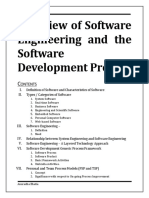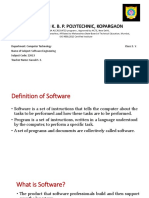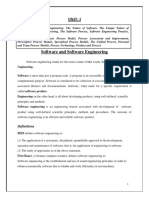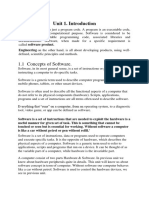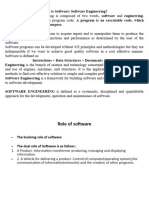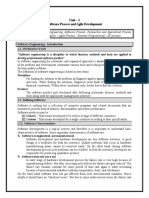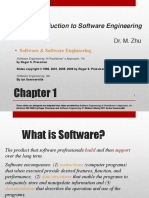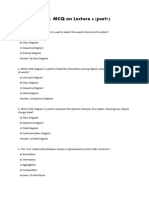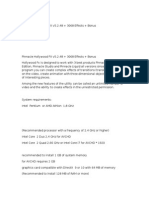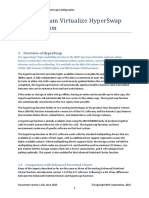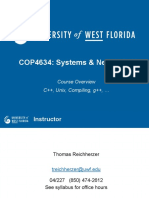0% found this document useful (0 votes)
20 views5 pagesChapter 1 of Software Engineering
The document provides an overview of software, its characteristics, and the field of software engineering. It highlights that software is logical, does not wear out like hardware, and is primarily custom-built rather than assembled from existing components. Additionally, it categorizes different types of software, including system, real-time, business, engineering, embedded, personal computer, web applications, and artificial intelligence software.
Uploaded by
nimishanandwana1411Copyright
© © All Rights Reserved
We take content rights seriously. If you suspect this is your content, claim it here.
Available Formats
Download as PDF, TXT or read online on Scribd
0% found this document useful (0 votes)
20 views5 pagesChapter 1 of Software Engineering
The document provides an overview of software, its characteristics, and the field of software engineering. It highlights that software is logical, does not wear out like hardware, and is primarily custom-built rather than assembled from existing components. Additionally, it categorizes different types of software, including system, real-time, business, engineering, embedded, personal computer, web applications, and artificial intelligence software.
Uploaded by
nimishanandwana1411Copyright
© © All Rights Reserved
We take content rights seriously. If you suspect this is your content, claim it here.
Available Formats
Download as PDF, TXT or read online on Scribd
/ 5

